IEEE C 95.6-2002 關(guān)于人類暴露于0~3kHz電磁場的安全等級(jí)
作者:百檢網(wǎng) 時(shí)間:2021-07-14
中文標(biāo)準(zhǔn)名稱:關(guān)于人類暴露于0~3kHz電磁場的安全等級(jí)
英文標(biāo)準(zhǔn)名稱:Safety levels with respect to human exposure to electromagnetic fields, 0-3 kHz
標(biāo)準(zhǔn)類型:L06
發(fā)布日期:2002/1/1 12:00:00
實(shí)施日期:1999/12/31 12:00:00
中國標(biāo)準(zhǔn)分類號(hào):L06
國際標(biāo)準(zhǔn)分類號(hào):13.280
適用范圍:In 1960, the American Standards Association approved the initiation of the Radiation Hazards Standards project under the co-sponsorship of the Department of the Navy and the Institute of Electrical and Electronics Engineers.Prior to 1988, C95 standards were developed by accredited standards committee C95 and submitted to the American National Standards Institute (ANSI) for approval and issuance as ANSI C95 standards. Between 1988 and 1990, the committee was converted to Standards Coordinating Committee 28 under sponsorship of the IEEE Standards Board, and in 2001, became also known as the International Committee on Electromagnetic Safety (ICES). In accordance with policies of the IEEE, C95 standards will be issued and developed as IEEE standards, as well as being submitted to ANSI for recognition.The present scope of ICES is:Development of standards for the safe use of electromagnetic energy in the range of 0 Hz?00 GHz relative to the potential hazards due to exposure of such energy to man, volatile materials, and explosive devices. The committee will coordinate with other committees whose scopes are contiguous with ICES.?/p>ICES is responsible for this standard. There are five subcommittees concerned with: Techniques, Procedures, Instrumentation, and Computation,II Terminology, Units of Measurements, and Hazard Communication,III Safety Levels with Respect to Human Exposure, 0? kHz,IV Safety Levels with Respect to Human Exposure, 3 kHz?00 GHz,V Safety Levels with Respect to Electro-Explosive Devices,Two standards, two guides, and three recommended practices have been issued. Current versions are:IEEE Std C95.1?1999 Edition, IEEE Standard for Safety Levels with Respect to Human Exposure to Radio Frequency Electromagnetic Fields, 3 kHz?00 GHz (Replaces IEEE Std C95.1-1991).IEEE Std C95.2?1999, IEEE Standard for Radio Frequency Energy and Current Flow Symbols (Replaces ANSI C95.2). IEEE Std C95.3?1991 (Reaff 1997), IEEE Recommended Practice for the Measurement of Potentially Hazardous Electromagnetic Fields?RF and Microwave (Replaces ANSI C95.3-1973 and ANSI C95.1-1981).ANSI C95.5-1981, American National Standard Recommended Practice for the Measurement of Hazardous Electromagnetic Fields RF and Microwave.IEEE Std 1460?1996, IEEE Guide for the Measurement of Quasi-Static Magnetic and Electric Fields.ANSI C95.4-1978, American National Standard Safety Guide for the Prevention of Radio-Frequency Radiation Hazards in the Use of Electric Blasting Caps.This standard was developed by an ICES Subcommittee 3 (SC 3) formed in 1991 to address the frequency range from 0? kHz (SC 3). In the early years, the subcommittee discussed the science relating to both long- term and short-term exposures and concluded that the effects of long-term (chronic) exposure were not convincingly established as were effects of short-term exposures.This standard defines exposure levels to protect against adverse effects in humans from exposure to electric and magnetic fields at frequencies from 0? kHz. This standard was developed with respect toestablished mechanisms of biological effects in humans from electric and magnetic field exposures. It does not apply to exposures encountered during medical procedures. The defined exposure limits do not necessarily protect against interference of medical devices or problems involving metallic implants (see 6.12).
相關(guān)標(biāo)準(zhǔn)
《HJ618-2011》環(huán)境空氣 PM10和PM2.5的測定 重量法
《GB/T12372-1990》居住區(qū)大氣中二氧化氮檢驗(yàn)標(biāo)準(zhǔn)方法 改進(jìn)的 Saltzman 法
《GB/T15435-1995》環(huán)境空氣 二氧化氮的測定 Saltzman法
《2002》鉬銻抗分光光度法 水和廢水監(jiān)測分析方法 (第四版) 第三章 營養(yǎng)鹽及有機(jī)污染綜合指標(biāo)
《附錄EGB15979-2002》一次性使用衛(wèi)生用品衛(wèi)生標(biāo)準(zhǔn)
《附錄EGB15979-2002》一次性使用衛(wèi)生用品衛(wèi)生標(biāo)準(zhǔn)
《附錄EGB15979-2002》一次性使用衛(wèi)生用品衛(wèi)生標(biāo)準(zhǔn)
《GB/T15432-1995》總懸浮顆粒物 環(huán)境空氣 總懸浮顆粒物的測定 重量法
《GB/T11737-1989》居住區(qū)大氣中苯、甲苯、二甲苯的衛(wèi)生檢驗(yàn)標(biāo)準(zhǔn)方法 氣相色譜法
百檢能給您帶來哪些改變?
1、檢測行業(yè)全覆蓋,滿足不同的檢測;
2、實(shí)驗(yàn)室全覆蓋,就近分配本地化檢測;
3、工程師一對一服務(wù),讓檢測更精準(zhǔn);
4、免費(fèi)初檢,初檢不收取檢測費(fèi)用;
5、自助下單 快遞免費(fèi)上門取樣;
6、周期短,費(fèi)用低,服務(wù)周到;
7、擁有CMA、CNAS、CAL等權(quán)威資質(zhì);
8、檢測報(bào)告權(quán)威有效、中國通用;
客戶案例展示
相關(guān)商品
相關(guān)資訊

最新資訊
版權(quán)與免責(zé)聲明
①本網(wǎng)注名來源于“互聯(lián)網(wǎng)”的所有作品,版權(quán)歸原作者或者來源機(jī)構(gòu)所有,如果有涉及作品內(nèi)容、版權(quán)等問題,請?jiān)谧髌钒l(fā)表之日起一個(gè)月內(nèi)與本網(wǎng)聯(lián)系,聯(lián)系郵箱service@baijiantest.com,否則視為默認(rèn)百檢網(wǎng)有權(quán)進(jìn)行轉(zhuǎn)載。
②本網(wǎng)注名來源于“百檢網(wǎng)”的所有作品,版權(quán)歸百檢網(wǎng)所有,未經(jīng)本網(wǎng)授權(quán)不得轉(zhuǎn)載、摘編或利用其它方式使用。想要轉(zhuǎn)載本網(wǎng)作品,請聯(lián)系:service@baijiantest.com。已獲本網(wǎng)授權(quán)的作品,應(yīng)在授權(quán)范圍內(nèi)使用,并注明"來源:百檢網(wǎng)"。違者本網(wǎng)將追究相關(guān)法律責(zé)任。
③本網(wǎng)所載作品僅代表作者獨(dú)立觀點(diǎn),不代表百檢立場,用戶需作出獨(dú)立判斷,如有異議或投訴,請聯(lián)系service@baijiantest.com



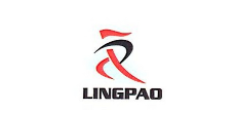
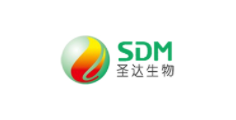

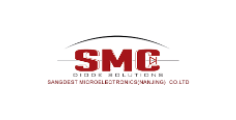
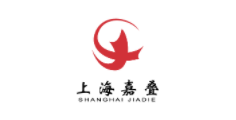
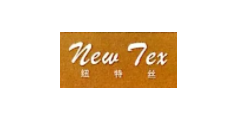

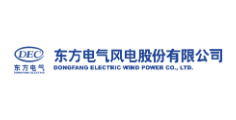
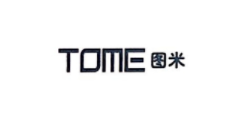
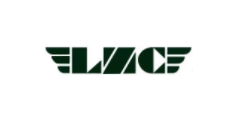

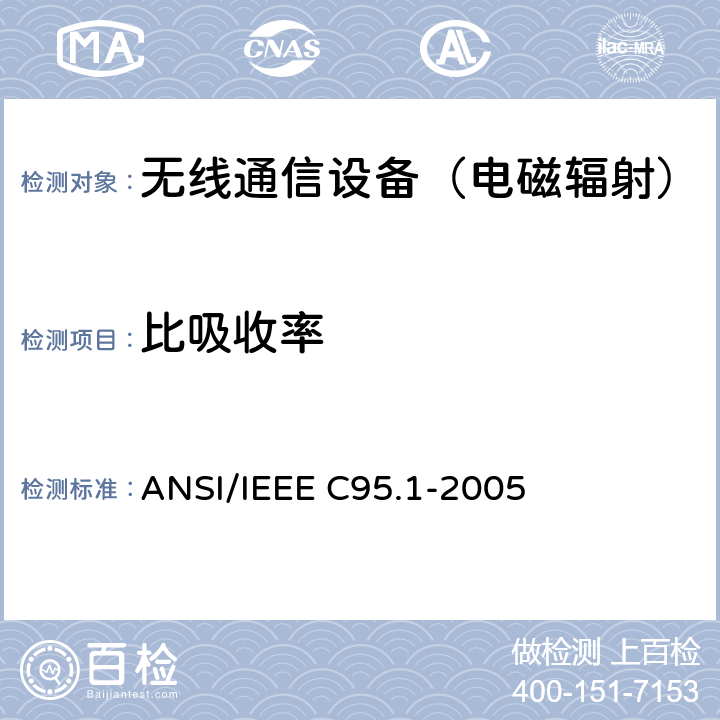
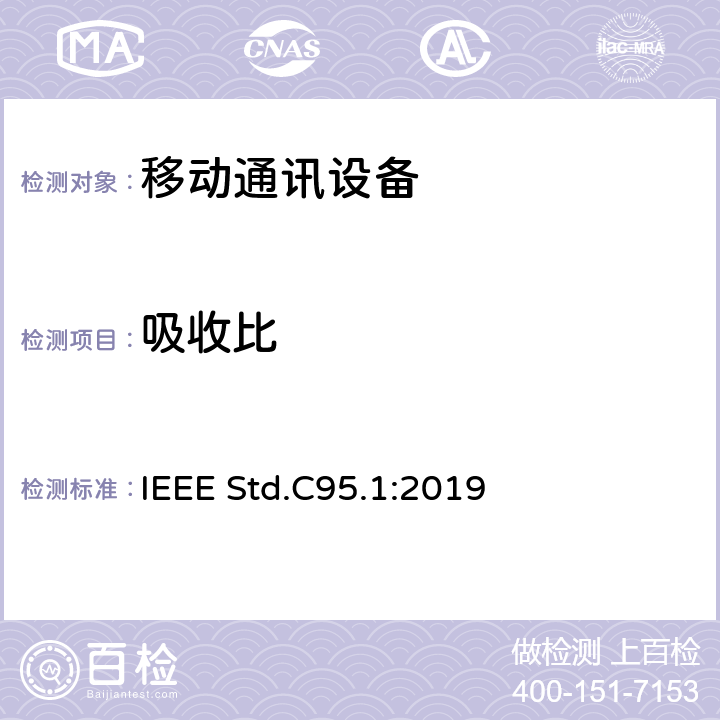
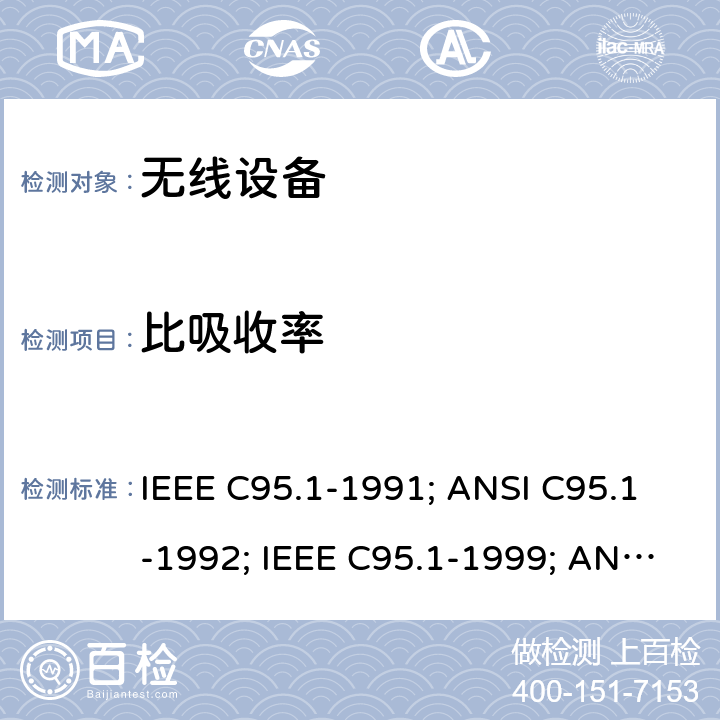
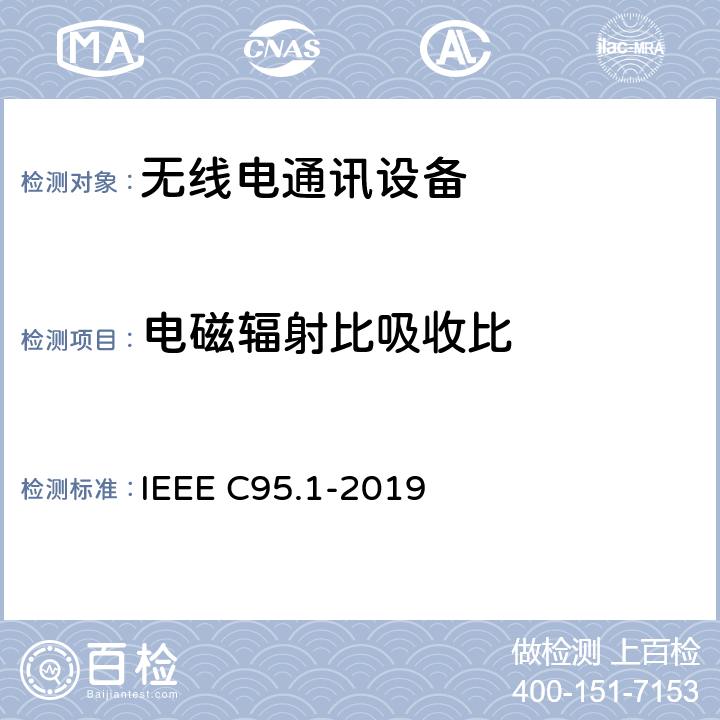

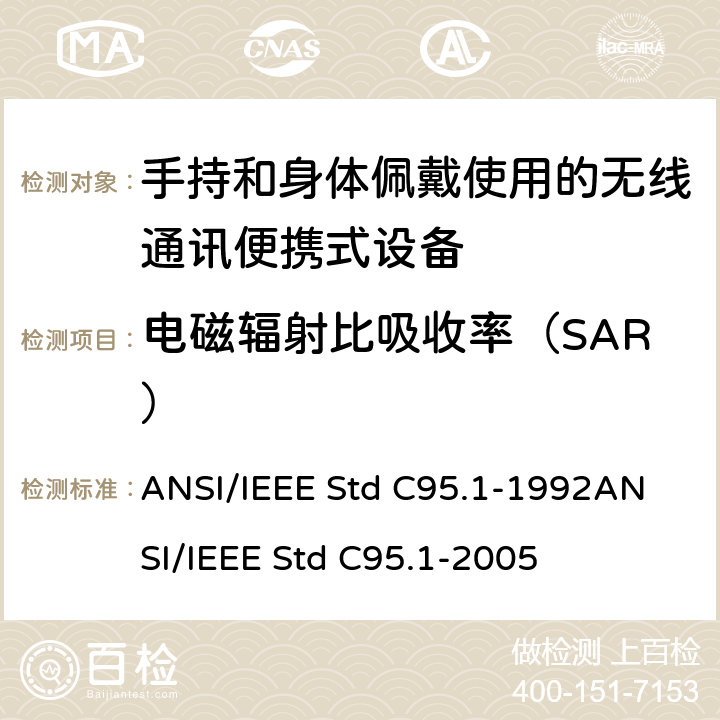

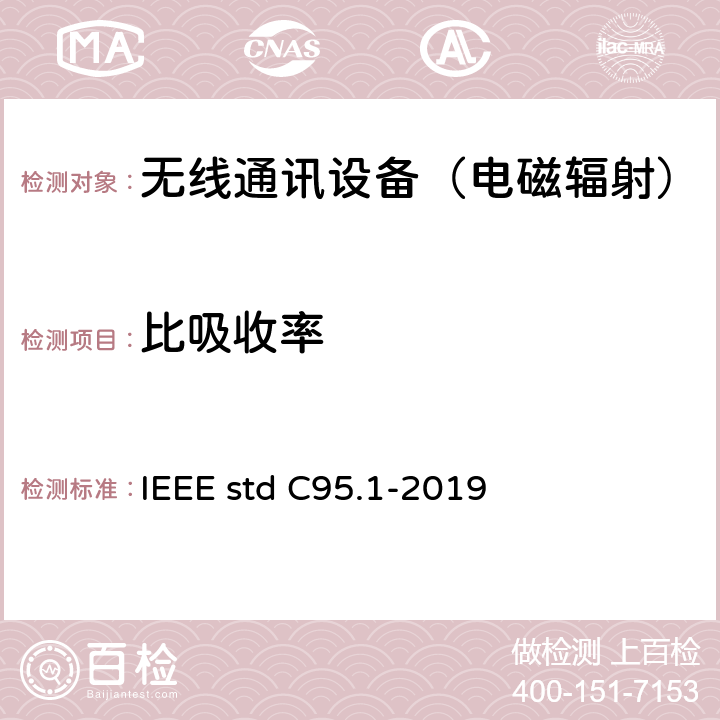


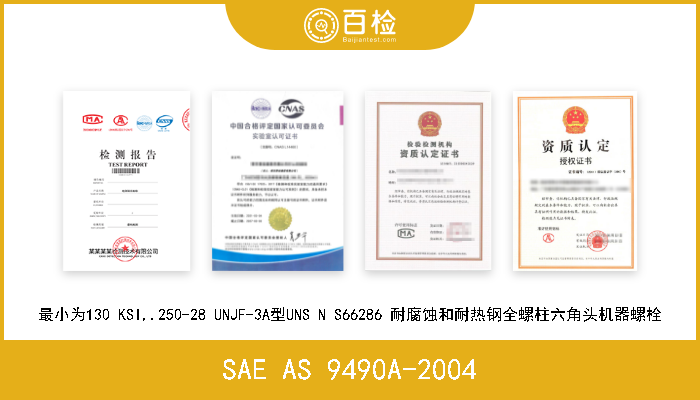
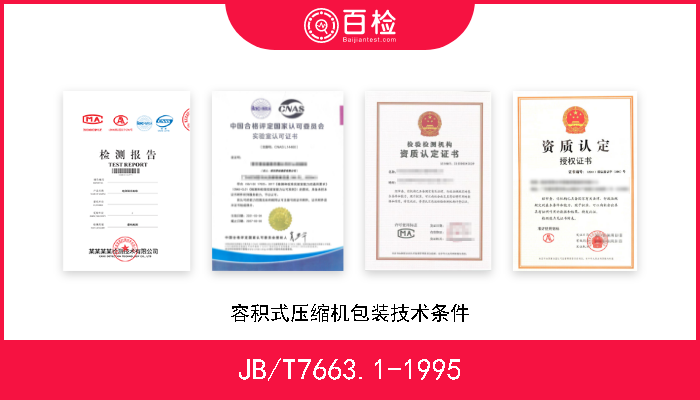


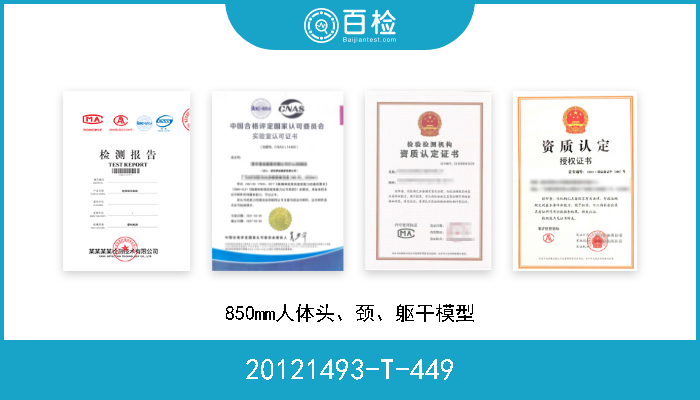
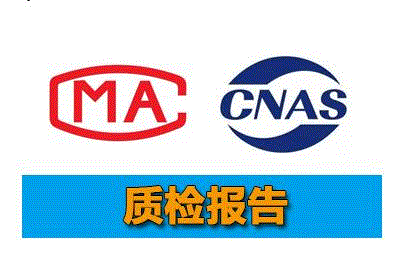
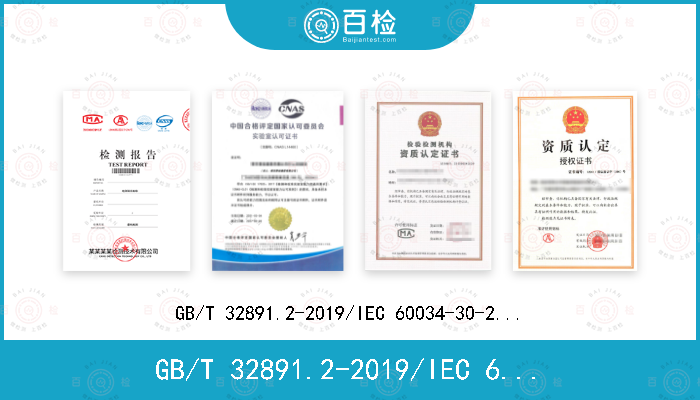





 400-101-7153
400-101-7153 15201733840
15201733840

